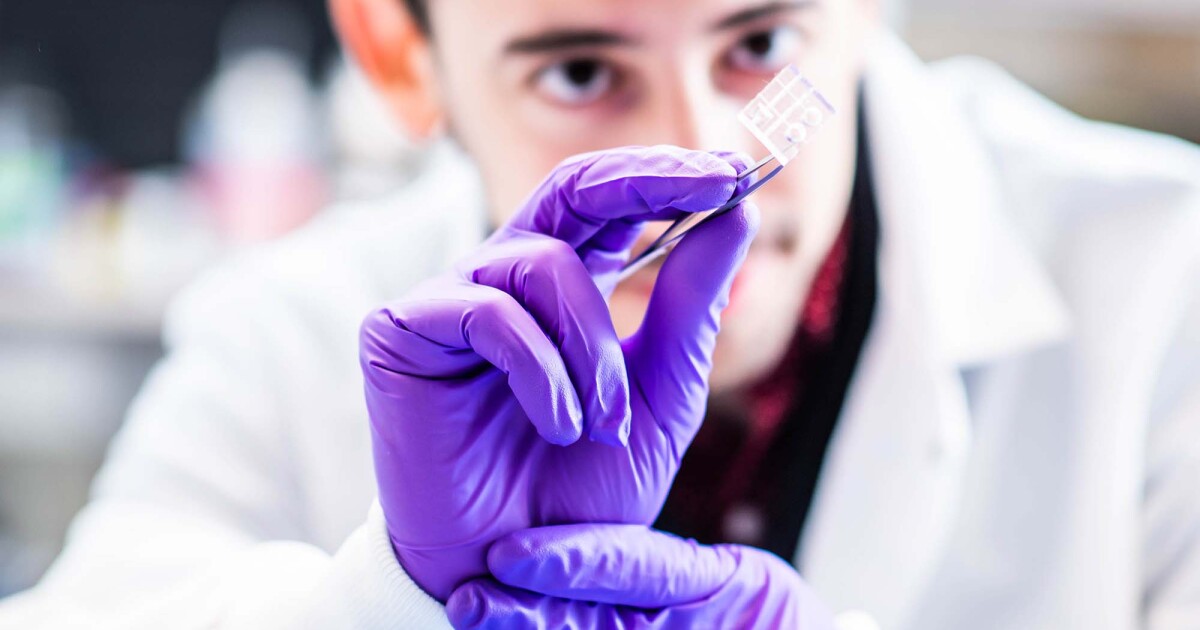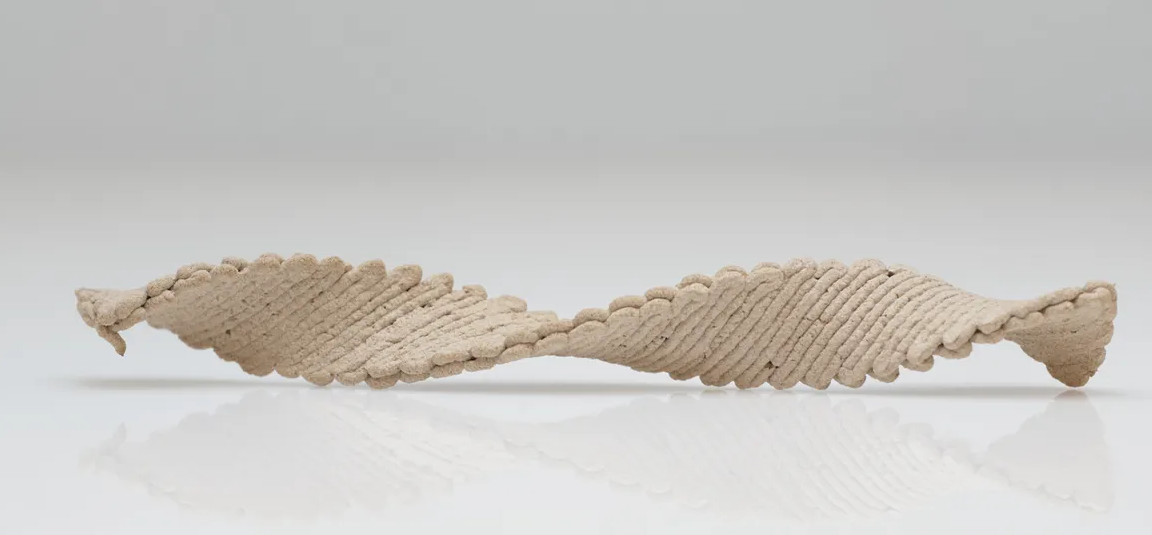Researchers at Boston University have developed a miniature replica of a human heart powered by real cardiac cells. It replicates the function of a real heart’s ventricle (lower chamber).
The device is called the cardiac miniaturized Precision-enabled Unidirectional Microfluidic Pump, nicknamed the miniPUMP. It is created using a combination of stem cell-derived human heart cells and nanoengineered 3D printed acrylic parts.
The study was published in the journal Science Advances.
The miniPUMP measures just 3 sq cm (0.5 sq in). It consists of a plastic base, minuscule 3D-printed acrylic valves, tubes, and the actual pump itself. For printing very fine components, researchers used a process called two-photon direct laser writing (a precise version of 3D printing).
Just like a real heart’s ventricle (lower chamber), the device pumps water through itself as an actual heart pumps blood. However, miniPUMP doesn’t rely on any external sources of power; it beats by itself using its live tissue.
Researchers foresee this study could also pave the way for building lab-based versions of other organs, from lungs to kidneys
According to the researchers, their heart chamber replica could help in studying the way organ works in the human body. It can also be used in knowing how the heart grows in an embryo, and how diseases impact the heart tissues. Moreover, they could also access how effective new medications are in treating diseases, without any need for human trials.
“We can study disease progression in a way that hasn’t been possible before,” said Alice White of BU College of Engineering. “We chose to work on heart tissue because of its particularly complicated mechanics, but when you take nanotechnology and marry it with tissue engineering, there is potential for replicating this for multiple organs.”







